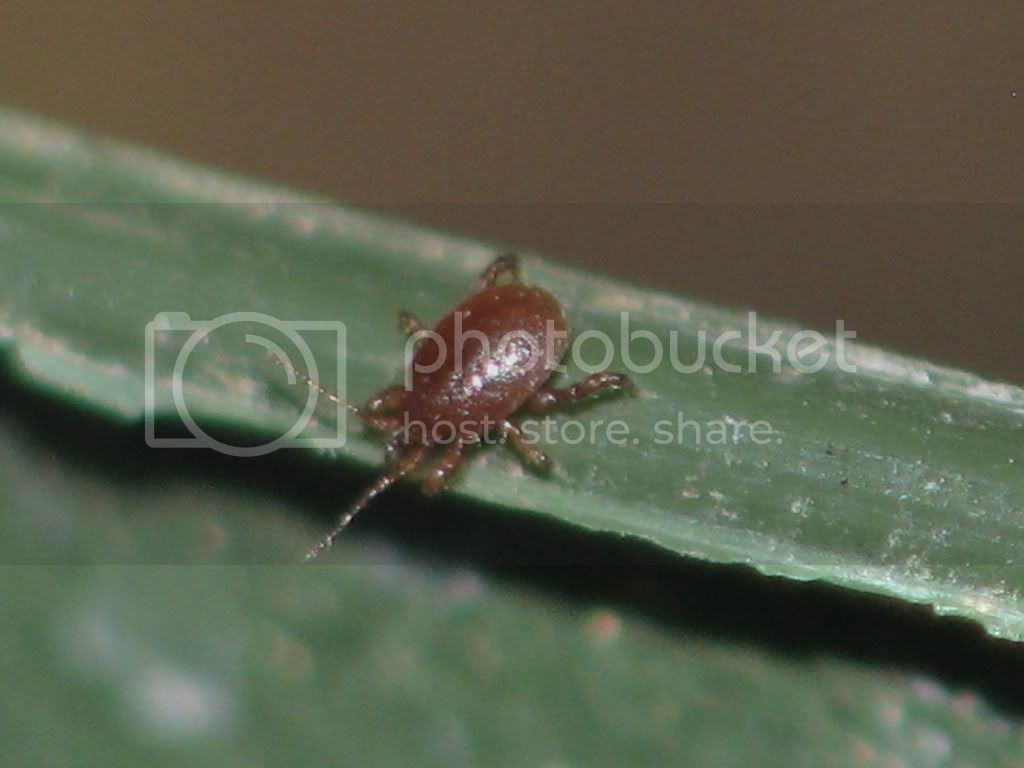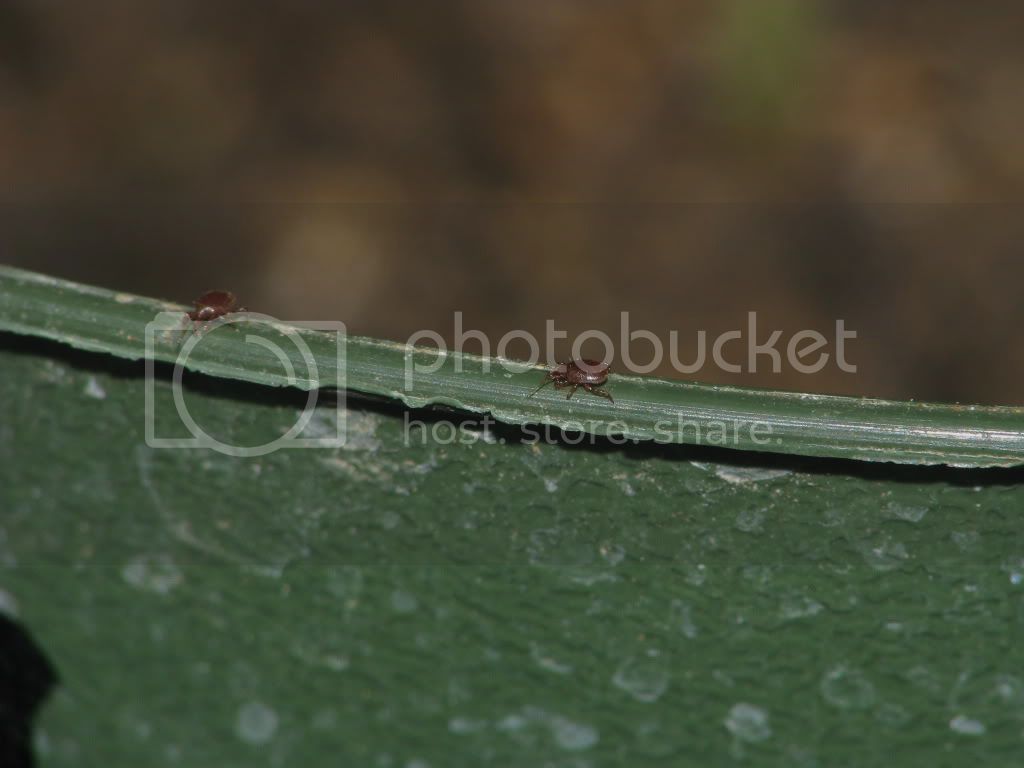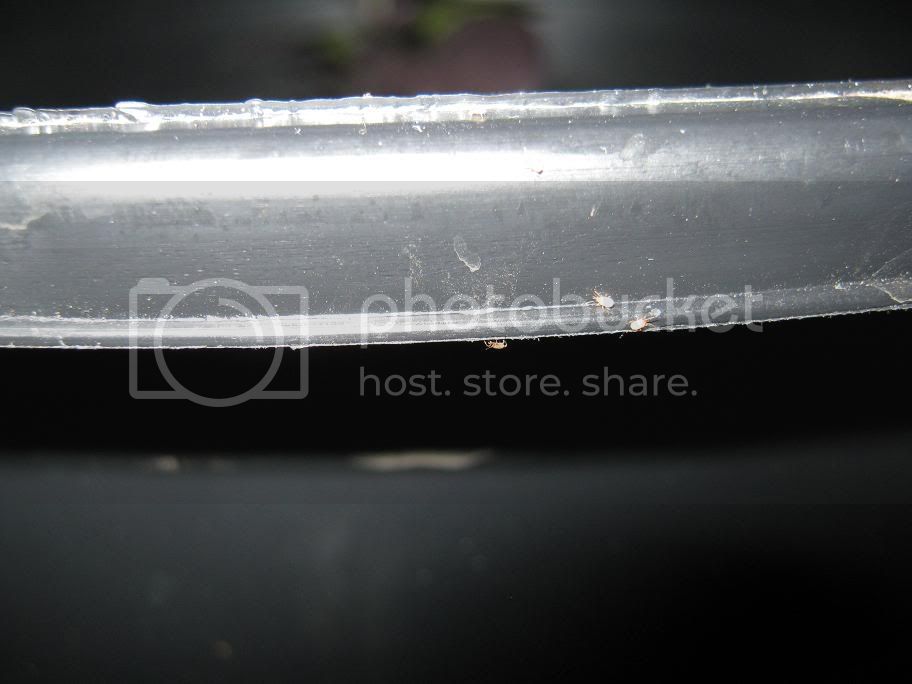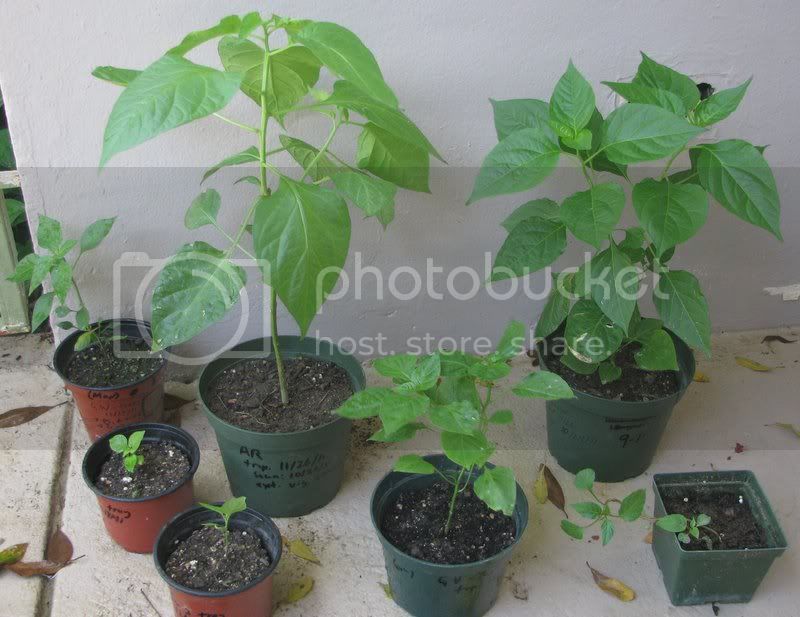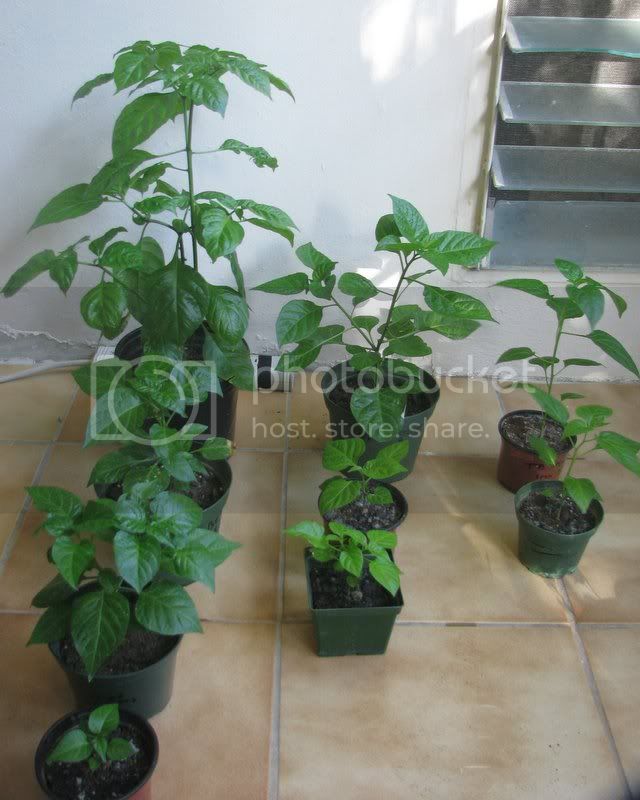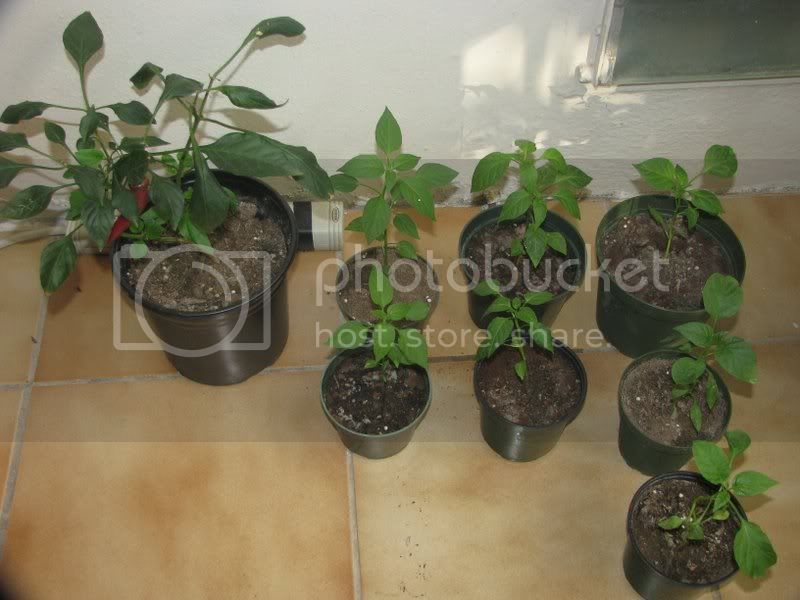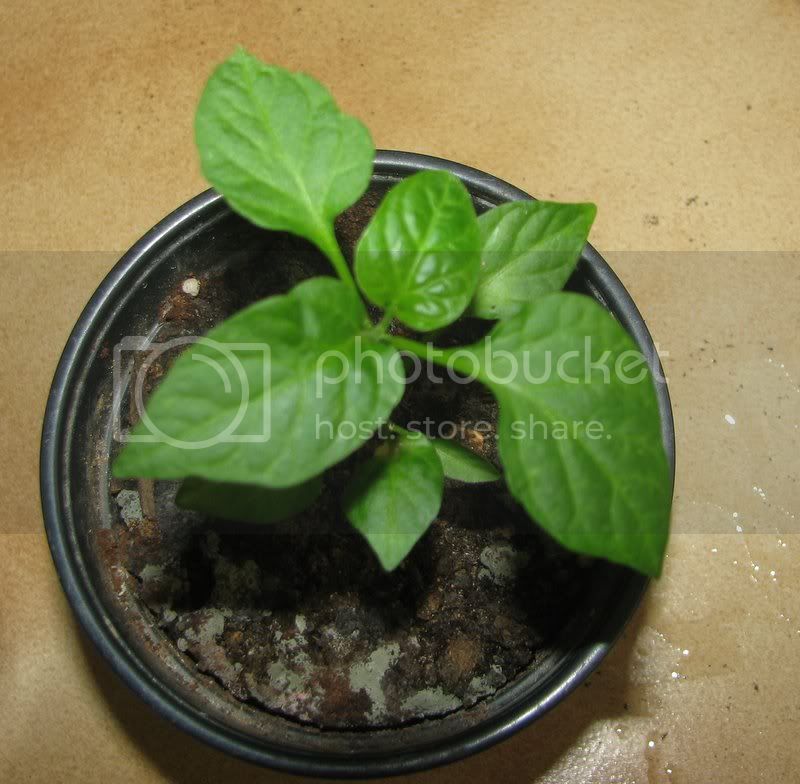Hi all,
I'm from New England but spending a year in Puerto Rico. I like spicy food, gardening and biology so I'm trying to take advantage of the climate to grow peppers. I have one or more varieties of each of the 5 major species. I consider myself a decent gardener up North, though I've had limited prior success with pepper plants. I thought the tropics would make things easier, but I've run into a few problems that maybe you could help me with.
First I grew a few "PR hot peppers" (looks like a cayenne-type) and aji dulces from seeds. I had to wait for my final move so the plants were crowded for a few months and there was also an incredible amount of rain during this time which stopped right after moving them to individual pots. All the aji dulces wilted and died. The annuums' new leaves browned and shriveled and the plants were stunted for a time. I thought the combo of root damage from pulling the plants apart, too dense of a new potting soil and the change to sunny and drier weather for a few weeks did them in, though now I'm also wondering if mites were a factor.
After getting settled in my place, and also some experimentation and reading here, I got more consistent germination and growth. Most of my current plants were started this fall and went through a round of transplanting to larger pots which was a success. All the plants looked good until recently when new growth on my fastest plants, a Tabasco and an aji rojo, got crinkled and crispy-looking. The Tabasco's top leaves browned and fell off. The aji rojo's have stayed on and not browned (though a lower leaf infested with thrips larvae fell off, and the upper leaves look worse since spraying with 0.9% neem yesterday). Other affected plants are possibly another baccatum and some newer annuum seedlings (very bad). It seems like the fastest and youngest plants are the ones most affected. The weather pattern again changed as this happened - from rainy to windier, cooler and less humid than I've ever felt it here. I thought that was the direct cause and that the plants were suffering from drying wind damage but my latest guess is broad mites which are increasing due to the weather change. I saw a tiny translucent round bug under a affected leaf today. I've also seen a few white-fuzz-covered black scales(?) and some aphids on various plants but I think neither they nor the thrips are a big deal yet. I have a little 6-2-0 slow release fert mixed in the soil. I fertilize with ~2-2-2 at most waterings and I've used some dilute Epsom spray a few times on the young plants. I usually use bone meal with all my plants, but haven't found it anywhere down here yet - could calcium be an issue in young plants or is it the mites? And what can be done? I have other issues such as new growth dying for a time on larger plants when I repot/move them around (maybe mite as well?) and I'm wondering how much sun and water I should give the plants in a tropical environment.
Here is a pic of the Tabasco (all the crinkled leaves have now fallen off):
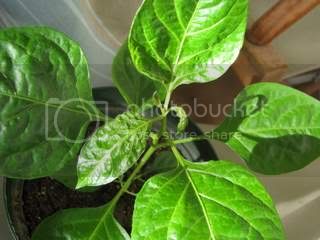
Here is the aji rojo after spraying with neem:
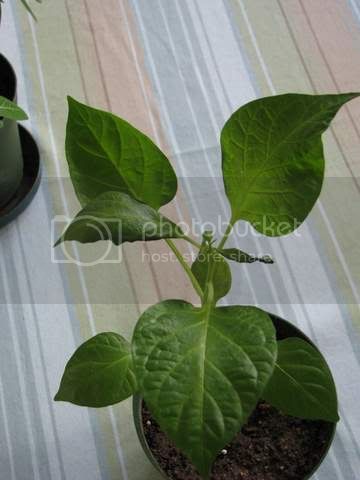
And here is a possibly affected baccatum (slightly crinkled/scalloped leaves):
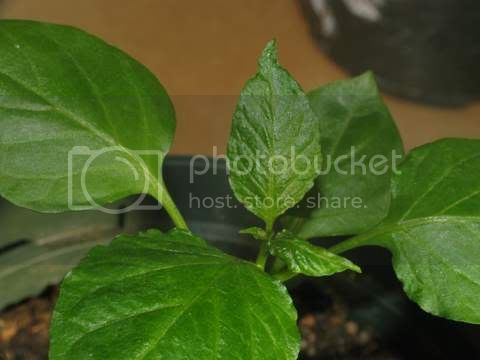
There are also lots of these creepy and fairly large mites living in the soil of a healthy plant's pot (wondering what they are):
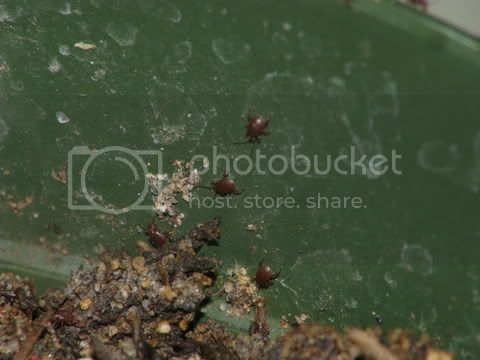
Thank you!
I'm from New England but spending a year in Puerto Rico. I like spicy food, gardening and biology so I'm trying to take advantage of the climate to grow peppers. I have one or more varieties of each of the 5 major species. I consider myself a decent gardener up North, though I've had limited prior success with pepper plants. I thought the tropics would make things easier, but I've run into a few problems that maybe you could help me with.
First I grew a few "PR hot peppers" (looks like a cayenne-type) and aji dulces from seeds. I had to wait for my final move so the plants were crowded for a few months and there was also an incredible amount of rain during this time which stopped right after moving them to individual pots. All the aji dulces wilted and died. The annuums' new leaves browned and shriveled and the plants were stunted for a time. I thought the combo of root damage from pulling the plants apart, too dense of a new potting soil and the change to sunny and drier weather for a few weeks did them in, though now I'm also wondering if mites were a factor.
After getting settled in my place, and also some experimentation and reading here, I got more consistent germination and growth. Most of my current plants were started this fall and went through a round of transplanting to larger pots which was a success. All the plants looked good until recently when new growth on my fastest plants, a Tabasco and an aji rojo, got crinkled and crispy-looking. The Tabasco's top leaves browned and fell off. The aji rojo's have stayed on and not browned (though a lower leaf infested with thrips larvae fell off, and the upper leaves look worse since spraying with 0.9% neem yesterday). Other affected plants are possibly another baccatum and some newer annuum seedlings (very bad). It seems like the fastest and youngest plants are the ones most affected. The weather pattern again changed as this happened - from rainy to windier, cooler and less humid than I've ever felt it here. I thought that was the direct cause and that the plants were suffering from drying wind damage but my latest guess is broad mites which are increasing due to the weather change. I saw a tiny translucent round bug under a affected leaf today. I've also seen a few white-fuzz-covered black scales(?) and some aphids on various plants but I think neither they nor the thrips are a big deal yet. I have a little 6-2-0 slow release fert mixed in the soil. I fertilize with ~2-2-2 at most waterings and I've used some dilute Epsom spray a few times on the young plants. I usually use bone meal with all my plants, but haven't found it anywhere down here yet - could calcium be an issue in young plants or is it the mites? And what can be done? I have other issues such as new growth dying for a time on larger plants when I repot/move them around (maybe mite as well?) and I'm wondering how much sun and water I should give the plants in a tropical environment.
Here is a pic of the Tabasco (all the crinkled leaves have now fallen off):

Here is the aji rojo after spraying with neem:

And here is a possibly affected baccatum (slightly crinkled/scalloped leaves):

There are also lots of these creepy and fairly large mites living in the soil of a healthy plant's pot (wondering what they are):

Thank you!

 from Australia, BTW!
from Australia, BTW!